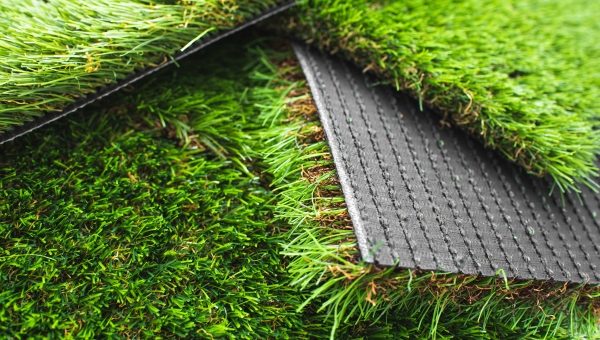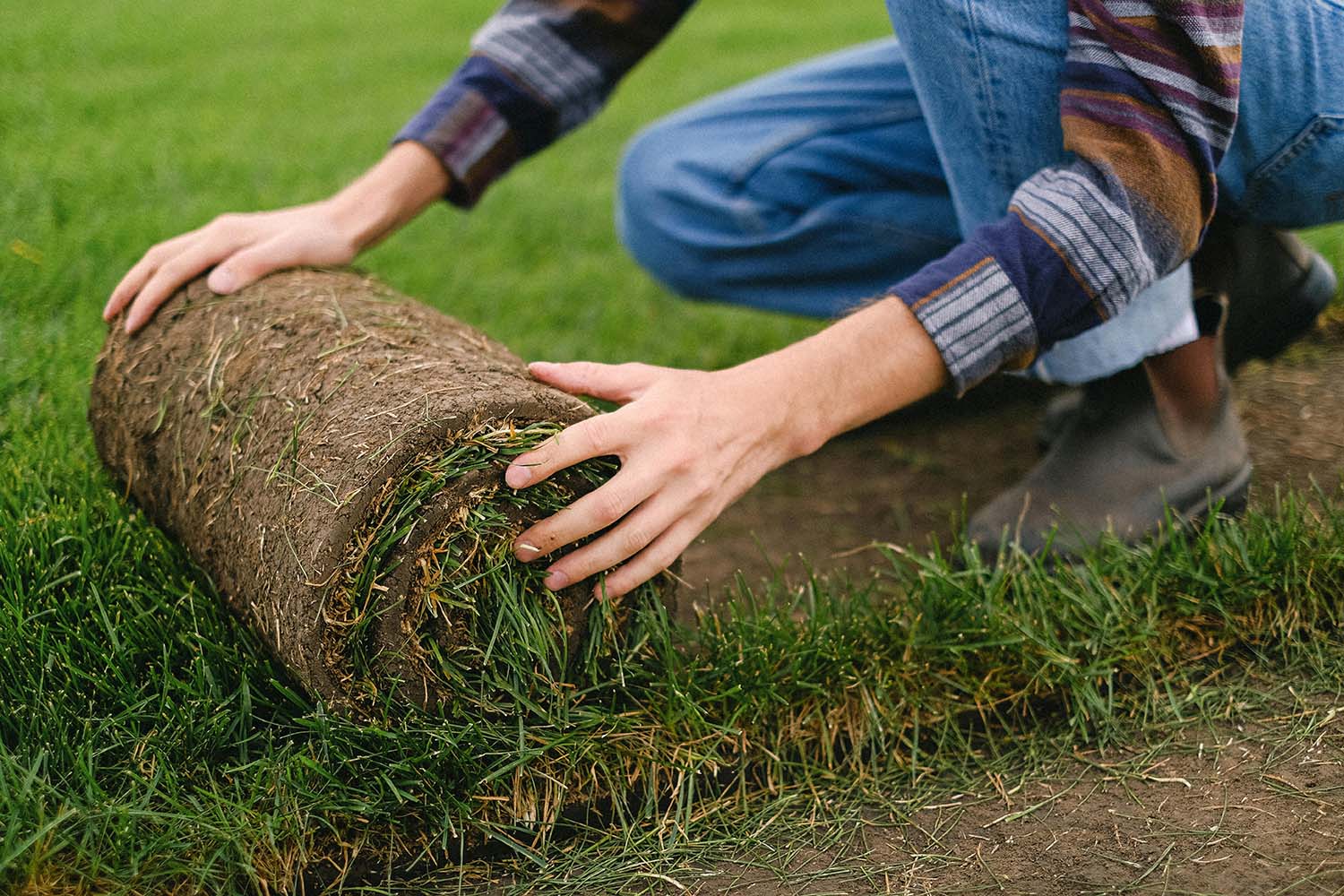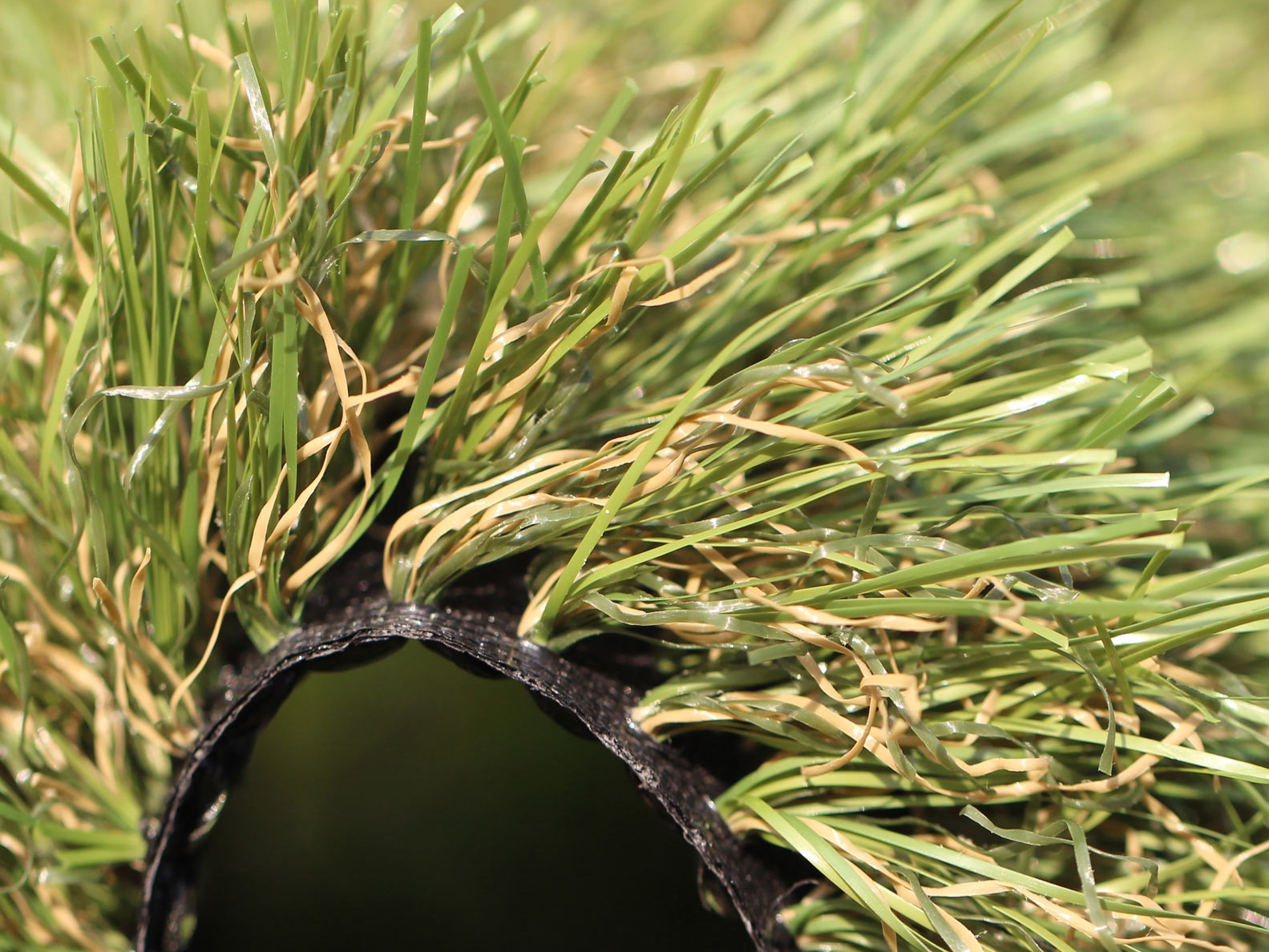Tailored Turf Installation Phoenix AZ for Homes, Companies, and Play Areas
Tailored Turf Installation Phoenix AZ for Homes, Companies, and Play Areas
Blog Article
See Why Homeowners Prefer Synthetic Grass for Sustainable Landscape Design Practices
As homeowners significantly focus on sustainability in landscape design, man-made grass has arised as a compelling choice to standard lawn. Its capacity to save water, minimize maintenance initiatives, and decrease ecological influence placements it as a useful choice for those seeking environmentally friendly services. In addition, the aesthetic allure and versatility of synthetic grass deal with varied layout preferences. Nevertheless, the ramifications of this shift extend beyond mere convenience and visual appeals, motivating a closer assessment of just how these choices influence broader ecological results. What continues to be to be explored is the complete scope of benefits that synthetic grass can offer to home owners and the environment alike.
Water Conservation Perks
One of the most significant advantages of synthetic lawn is its role in water conservation. In contrast, synthetic turf eliminates this need completely, as it does not call for irrigation.
Furthermore, the installation of fabricated grass can contribute to a much more sustainable landscape. Homeowners can considerably reduce their water expenses, enabling reallocation of sources to various other ecological initiatives or house uses. Furthermore, synthetic grass is created to endure numerous climatic conditions without the requirement for extra watering, making it a suitable selection for regions encountering water scarcity.
The environmental advantages expand past prompt water savings. By decreasing water consumption, synthetic grass helps to mitigate the impacts of climate change, preserving essential ecological communities that are endangered by too much water removal. As sustainable landscape design practices gain grip, man-made grass becomes a responsible option for home owners looking for to produce environmentally friendly outside rooms.
Decreased Maintenance Initiatives
Fabricated turf dramatically minimizes maintenance efforts contrasted to standard lawn lawns. With artificial grass, property owners can remove the lengthy jobs associated with all-natural landscaping, such as mowing, feeding, and weeding. This not only conserves valuable time yet additionally decreases physical labor, making grass treatment available for people of all ages.
Among the most remarkable advantages is the absence of regular mowing. Standard yards call for regular cutting to maintain a visually pleasing elevation, whereas artificial grass remains constantly lush without the demand for reducing. Additionally, home owners no more require to use pesticides or fertilizers, which are frequently called for to maintain all-natural grass healthy and balanced. This shift not only lightens the work yet likewise promotes a neater, much more uniform appearance year-round.
Additionally, synthetic grass is sturdy and resilient, requiring minimal maintenance beyond periodic brushing and rinsing to eliminate debris. This ease of maintenance enables property owners to appreciate their outdoor rooms without the consistent concern of upkeep, supplying more time for recreation and household activities. Inevitably, the lowered upkeep efforts related to synthetic grass make it an attractive choice for those seeking a low-maintenance, aesthetically appealing landscape.

Ecological Influence Decrease
There is an expanding acknowledgment of the environmental benefits connected with synthetic grass, specifically in terms of water preservation and minimized chemical usage. Standard grass call for substantial quantities of water, especially in drought-prone regions, resulting in enhanced pressure on neighborhood water resources. On the other hand, synthetic grass removes the need for irrigation, drastically minimizing water consumption and advertising sustainability.
In addition, standard lawn upkeep often includes the application of plant foods, herbicides, and chemicals, which can add to soil and water air pollution. Man-made lawn minimizes this ecological threat by needing minimal maintenance and virtually getting rid of the requirement for hazardous chemicals. This not only improves dirt health and wellness however likewise shields neighborhood ecological communities from hazardous runoff.
Additionally, the production of all-natural lawn yards commonly entails using fossil gas for trimming and landscaping equipment, additional adding to greenhouse gas emissions. By choosing synthetic grass, home owners can considerably decrease their carbon footprint associated with grass care tasks.
Visual Appeal and Convenience
In addition to its ecological benefits, fabricated turf offers significant aesthetic appeal read this and flexibility for landscape design. Home owners can attain a lavish, environment-friendly look year-round, removing the seasonal variations typically connected with natural yard. This regular visual not only enhances the aesthetic charm of a building however likewise adds to a refined and well-maintained appearance.
Moreover, synthetic grass is available in a selection of appearances, designs, and colors, enabling modification to fit private preferences and layout styles - Phoenix turf companies. Whether utilized in domestic gardens, commercial areas, or leisure areas, it can seamlessly integrate into varied landscaping designs, click from contemporary minimal to lush tropical settings
The flexibility of fabricated lawn prolongs past plain look; it can be mounted in different places, consisting of rooftops, patios, and also indoor areas, creating opportunities for unique landscape design options. In addition, it appropriates for a series of activities, from kids's backyard to pet-friendly atmospheres, supplying capability without jeopardizing style.
Eventually, the visual charm and adaptability of synthetic lawn make it an eye-catching option for homeowners seeking sustainable landscaping services that do not give up beauty for ecological obligation.

Long-Term Cost Savings
One of the most engaging benefits of artificial turf is its potential for lasting expense savings. Unlike all-natural turf, which calls for regular maintenance-- consisting of mowing, watering, fertilizing, and bug control-- artificial lawn dramatically lowers these recurring costs.
Additionally, synthetic grass has a life-span of 15 to 25 years, relying on its quality and use. This durability decreases replacement expenses, making it a more economical choice in the long run. Furthermore, the first investment in synthetic grass can commonly be recouped via the savings accumulated gradually.
While the upfront cost might seem greater contrasted to sod installation, the advancing financial savings from decreased upkeep and water use frequently exceed these initial expenditures. Ultimately, the fostering of synthetic grass not only advertises a lasting landscape design solution however linked here additionally offers property owners a financially smart alternative that lines up with long-term budgeting goals.
Final Thought
Synthetic grass arises as an engaging choice for lasting landscape design, supplying significant benefits in water conservation, reduced upkeep efforts, and decreased environmental influence. Its aesthetic allure and convenience boost the visual landscape while lining up with modern-day sustainability goals. Long-term price financial savings contribute to its beauty for homeowners. As neighborhoods increasingly focus on ecologically friendly methods, the fostering of man-made lawn stands for a modern action towards achieving lasting and resistant landscapes.
In addition, synthetic grass is designed to hold up against numerous weather conditions without the demand for supplementary watering, making it a perfect selection for regions facing water scarcity. (Turf installation phoenix az)

Man-made turf emerges as an engaging option for sustainable landscaping, supplying significant benefits in water preservation, minimized upkeep initiatives, and reduced ecological influence.
Report this page